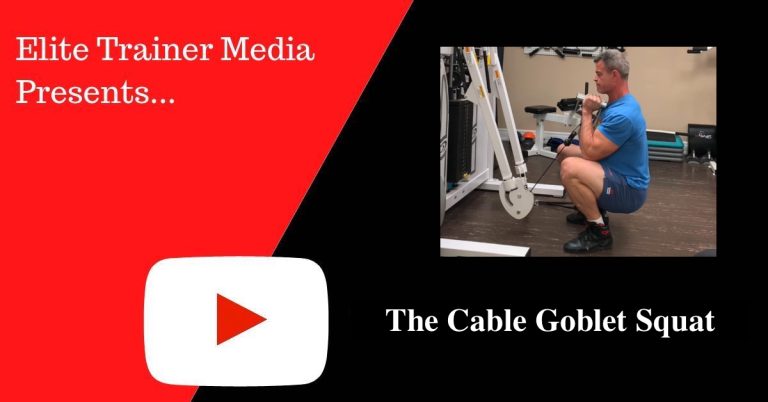Many times research is extrapolated from a pathological population and applied to a healthy population. Static muscle endurance training of the core is one such example. Here’s an excerpt from Shinkle et al., 2012 on the topic:
“In sports, muscular demands vary greatly from athlete to athlete. This makes it very difficult to have one statement that will address all superiorities or inadequacies of the core. Currently, plank exercises are considered an adequate method of training the core for athletes to improve core strength and stability. The problem with these exercises is that they put the athletes in a nonfunctional static position that is very rarely replicated in the demands of sport-related activities. To train for the majority of sports, it requires a dynamic motion.”
The same concept applies with static versus dynamic stretching as I discuss in my Stretch for Strength video presentation. Stretching is velocity specific. There’s actually a low correlation between static and dynamic stretching. For example, a martial artist may be able to kick you in the head but might not reach his toes during a sit-and-reach test. The bottom line is that if you want to be flexible in motion, you must stretch in motion.
Back to core training… For best results, a combination of static endurance training as a method of injury prevention (e.g., plank and side bridge exercises) and dynamic explosive training to improve performance (e.g., cable woodchop and medicine ball exercises) should be used with athletes.

Fill in Your Upper Chest with This Novel Exercise
Achieving a well-balanced and aesthetically pleasing chest can be a challenge, especially when it comes to targeting the often elusive

Elevate Your Core Training: Advanced Hanging Leg Raise Techniques
Hanging leg raises stand as a cornerstone in core training, particularly beneficial for athletes, as they target the lower abdominal

The Cable Goblet Squat: A Great Workout Finisher
Love 20-rep squats to cap off a workout? Goblet squats are fantastic, but handling a heavy dumbbell or kettlebell can
follow
Error: No feed with the ID 2 found.
Please go to the Instagram Feed settings page to create a feed.
